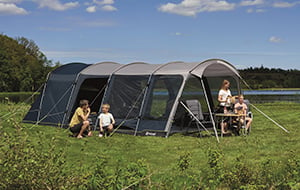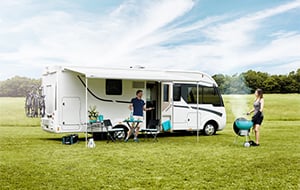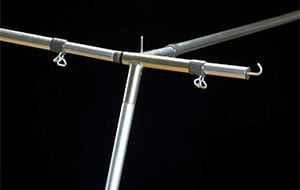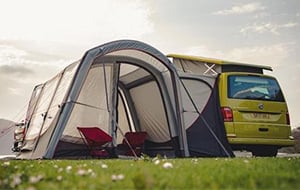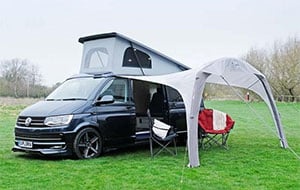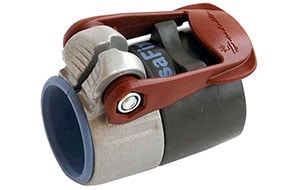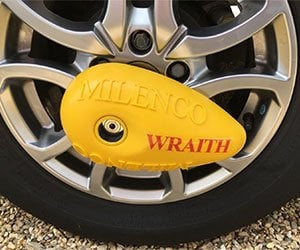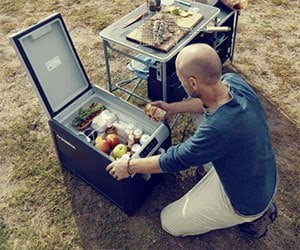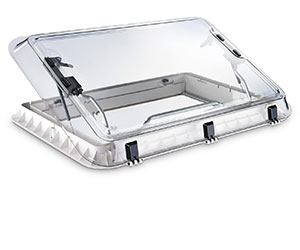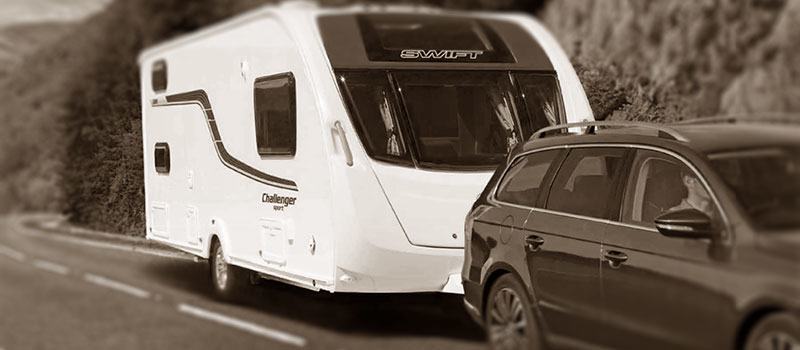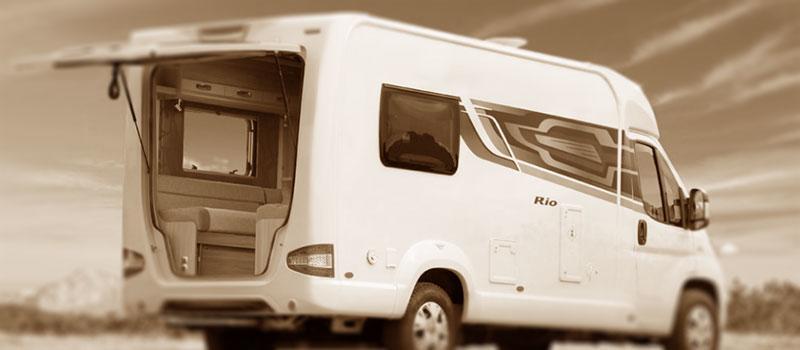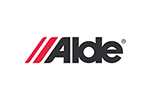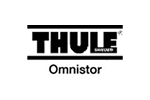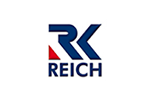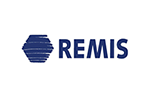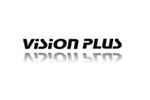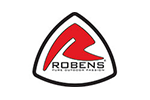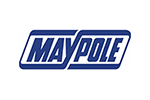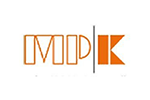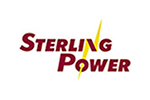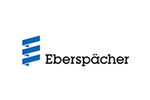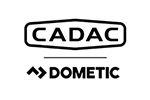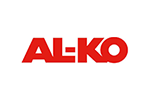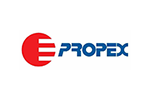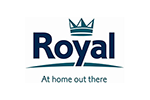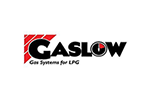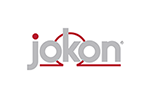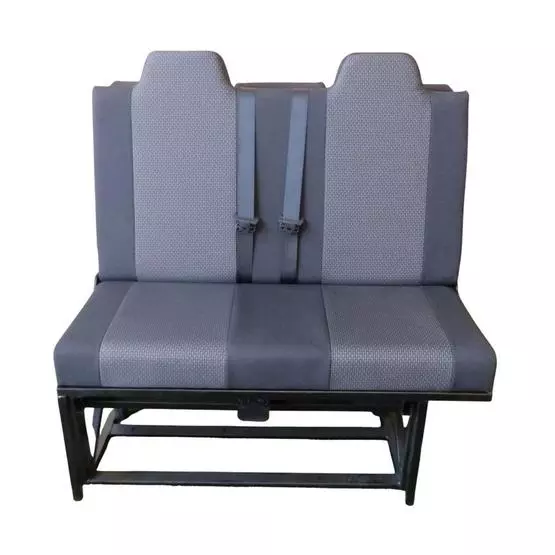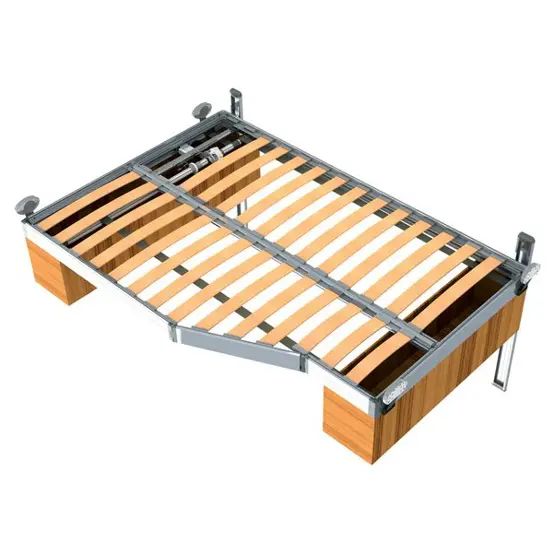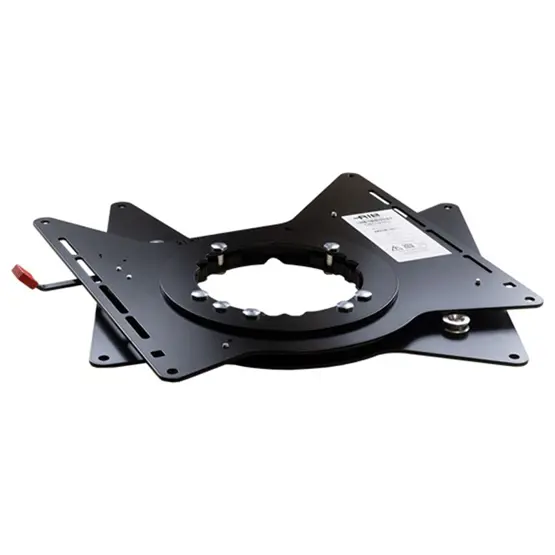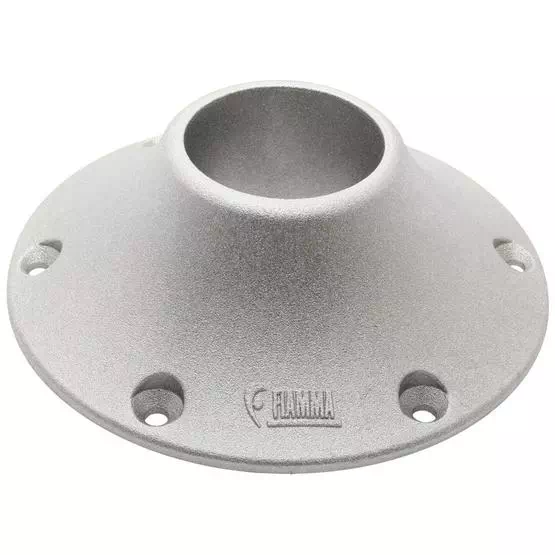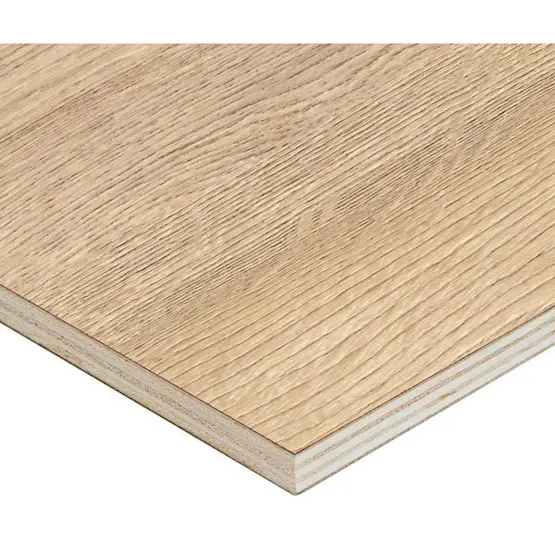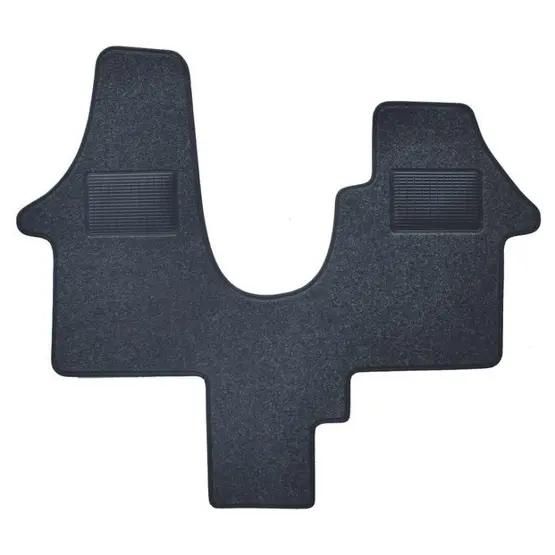Frequently Asked Questions
M1 tested furniture meets European Whole Vehicle Type Approval standards under ECE Directive 77/541/EEC, requiring physical crash testing at certified facilities with simulated impact forces. This certification ensures seating systems withstand real accident conditions, maintain structural integrity, and protect passengers through integrated three-point seatbelt systems and proper anchorage points. Non-M1 furniture can catastrophically fail during collisions, potentially causing serious injuries and invalidating insurance claims. Professional conversion companies exclusively use M1 certified components because it's legally required for DVLA motor caravan classification and maintains vehicle type approval status essential for roadworthiness certificates.
Typical campervan furniture conversions add 200-400kg including seating systems, kitchen units, and storage, with heavyweight installations potentially consuming 60% of available payload before adding passengers, water, or equipment. Lightweight poplar plywood boards weigh approximately 26kg per full sheet versus 50kg for standard chipboard, whilst M1 tested seat systems range from 60-120kg depending on configuration. Exceeding gross vehicle weight limits invalidates insurance, risks prosecution for dangerous driving, and compromises braking performance and vehicle stability. Ford Transit Custom models typically offer 800-1000kg payload, whilst VW T6 variants provide 600-900kg capacity, making material selection critical for legal compliance and safe operation.
Standard household furniture fails catastrophically in mobile environments due to inadequate mounting systems, materials unsuitable for constant vibration, and lack of crash testing certification required for vehicle applications. Chipboard and MDF cores absorb moisture causing swelling and delamination, whilst household fixings work loose under road vibration leading to structural failure and potential injury hazards. Vehicle-specific furniture uses moisture-resistant continuous pressure laminate surfaces, superior screw retention cores designed for mobile mounting, and reinforced construction methods that maintain integrity during acceleration, braking, and cornering forces. Additionally, household furniture weight typically exceeds vehicle payload limitations and lacks the compact dimensions necessary for van interior constraints.
DVLA motor caravan classification requires permanently fixed furniture including sleeping accommodation secured directly to vehicle structure, cooking facilities with permanent gas and electrical connections, and seating arrangements with proper safety restraints meeting construction and use regulations. Professional installation ensures compliance with Individual Vehicle Approval standards, maintains manufacturers' type approval, and provides certification documentation necessary for insurance validity and resale value protection. Modifications affecting passenger seating positions or safety systems require notification to DVLA and may necessitate Vehicle Identity Check procedures to verify legitimate conversion work versus potentially stolen or altered vehicles.
High pressure laminate surfaces on poplar plywood cores provide optimal durability for campervan applications, offering scratch resistance, heat tolerance to 180°C, and UV stability preventing fade damage from window exposure. Continuous pressure laminate represents the best value compromise between performance and cost, whilst maintaining moisture barrier properties preventing delamination in humid conditions. Double-sided boards eliminate edge banding requirements reducing installation time and potential failure points, whilst textured finishes like slate and wood grains hide minor scratches better than high-gloss alternatives. Premium manufacturers including Morland, Superva, and Decor-Lam engineer these boards specifically for mobile applications with proven track records in professional conversion facilities.
Safety-critical seating systems require professional installation by certified technicians with access to vehicle-specific mounting points, torque specifications, and M1 certification documentation, whilst non-structural furniture like storage units and worktops suit competent DIY installation using appropriate fixings and techniques. Vehicle-specific mounting hardware ensures proper load distribution through chassis mounting points rather than relying on body panel fixings that can fail under stress. Successful DIY installation requires understanding of vehicle electrical systems for 12V connections, gas safety regulations for appliance installation, and weight distribution principles to maintain handling characteristics and legal compliance throughout the conversion process.
Existing conversions accommodate furniture upgrades through careful planning considering weight implications, mounting point compatibility, and structural modifications that may affect vehicle certification status. Seating system changes require complete replacement rather than modification due to M1 testing requirements, whilst sliding rail systems cannot be retrofitted to existing seats necessitating full seat-bed replacement for enhanced functionality. Kitchen and storage retrofits work effectively using existing mounting positions though dimensional constraints may limit upgrade options, requiring measurement verification before ordering replacement components to ensure proper fit and function.
Lightweight poplar core construction provides excellent strength-to-weight ratios but requires proper support spacing to prevent sagging under load, particularly for spanning distances exceeding 600mm without intermediate supports or edge reinforcement. Edge sealing becomes critical in high-moisture areas despite inherent moisture resistance, whilst some laminate finishes show wear patterns more readily than others under heavy use conditions. Premium lightweight boards cost 30-50% more than standard chipboard alternatives though this premium offsets against fuel savings from reduced vehicle weight and superior longevity in mobile applications where vibration and moisture exposure would destroy conventional materials.
